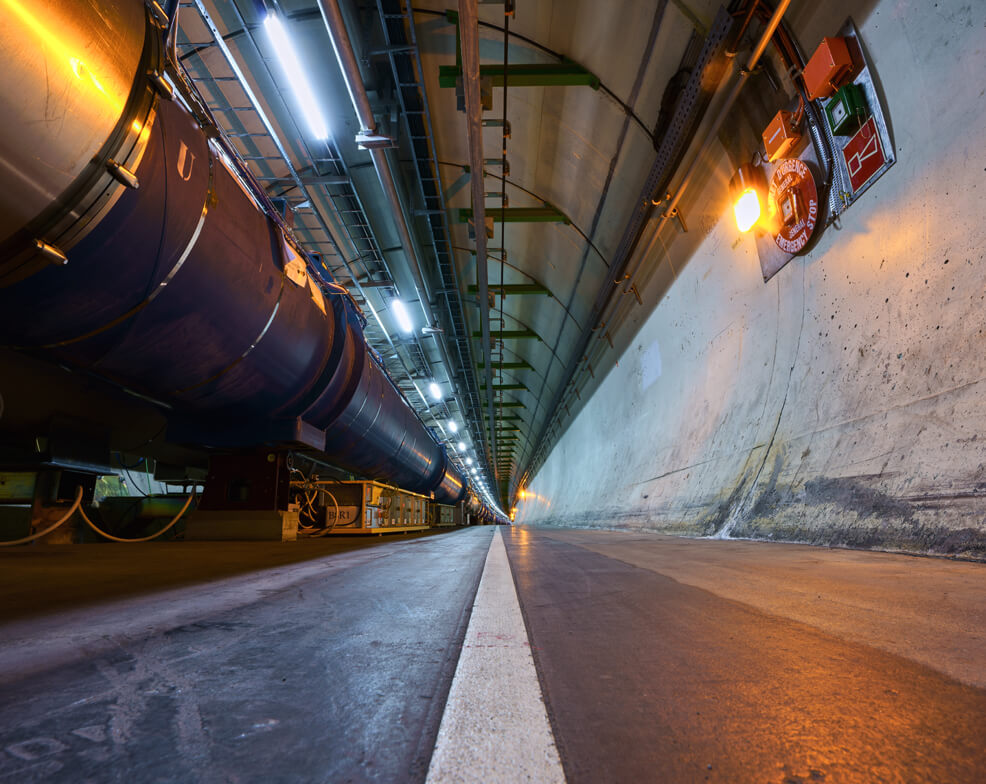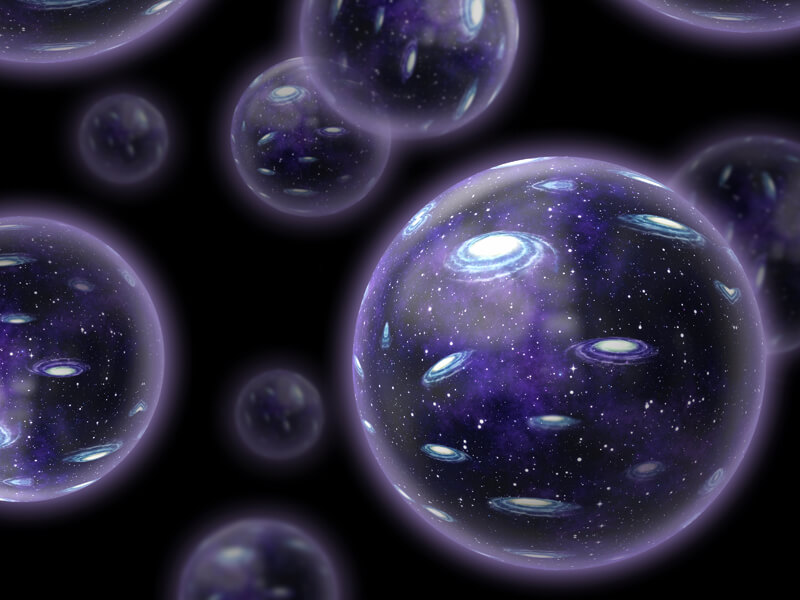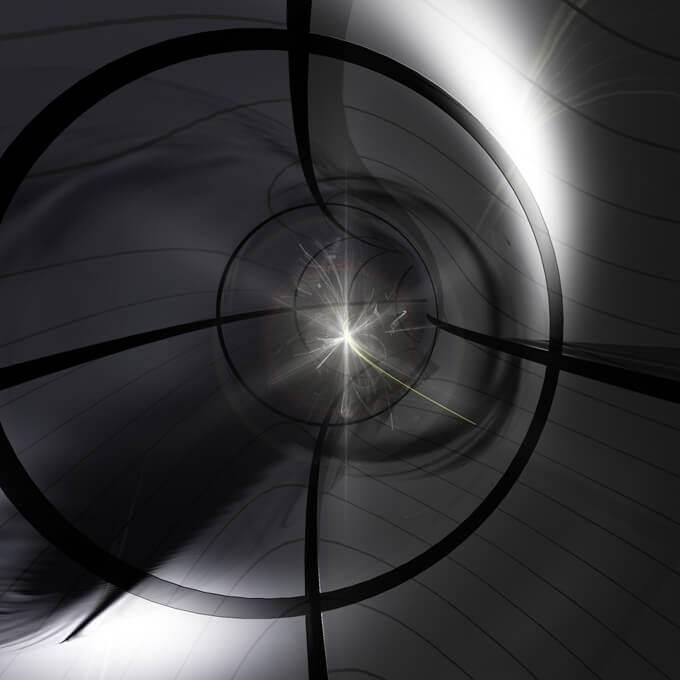
16th June 2018 Large Hadron Collider on track for major upgrade by 2026 Work has now begun on the High-Luminosity LHC (HL-LHC). This could generate 10 times more data than the Large Hadron Collider and produce major new discoveries in physics.
The Large Hadron Collider (LHC) is officially entering a new stage. Yesterday, a ground-breaking ceremony at CERN celebrated the start of civil-engineering work for the High-Luminosity LHC (HL-LHC): a new milestone in the organisation's history. By 2026, this major upgrade will have considerably improved the performance of the LHC, increasing the number of collisions in large experiments and thus boosting the probability of discovering new physics phenomena. The LHC first started colliding particles in 2010. Inside the 27 km (16.8 mile) circumference ring, bunches of protons travel at nearly the speed of light and collide at four interaction points. These collisions generate new particles, which are measured by detectors surrounding the interaction points. By analysing the collisions, physicists from all over the world are deepening our understanding of the laws of nature. While the LHC is able to produce a billion proton-proton collisions per second, the HL-LHC will increase this number – known as "luminosity"– by a factor of between five and seven, allowing 10 times more data to be accumulated between 2026 and 2036. This means that physicists will be able to make more accurate measurements and investigate even rarer phenomena than before. For example, the LHC allowed physicists to unearth the Higgs boson in 2012, thereby making great progress in understanding how particles acquire their mass. The HL-LHC upgrade will allow the Higgs boson's properties to be defined more accurately, measure with increased precision how it is produced, how it decays and how it interacts with other particles. Scenarios beyond the Standard Model will also be investigated such as supersymmetry, theories about extra dimensions and quark substructure (compositeness).
"The High-Luminosity LHC will extend the LHC's reach beyond its initial mission, bringing new opportunities for discovery, measuring the properties of particles such as the Higgs boson with greater precision, and exploring the fundamental constituents of the universe ever more profoundly," said CERN Director-General Fabiola Gianotti. The HL-LHC began as an international endeavour involving 29 institutes from 13 countries. It began in November 2011 and two years later was identified as one of the main priorities of the European Strategy for Particle Physics, before the project was formally approved by the CERN Council in June 2016. Following successful prototyping, many new hardware elements will be constructed and installed in the years to come. Over 1.2 km (0.75 miles) of the current machine will need to be replaced with new high-tech components such as magnets, collimators and radiofrequency cavities. The secret to boosting collision rates is to "squeeze" the particle beam at interaction points, increasing the probability of proton-proton collisions. In order for this to be achieved, the HL-LHC requires about 130 new magnets – in particular, 24 new superconducting focusing quadrupoles to focus the beam and four new superconducting dipoles. Both the quadrupoles and dipoles will reach a field of 11.5 teslas, higher than the 8.3 teslas currently in use at the LHC. For comparison, the strength of a typical fridge magnet is only 0.005 teslas, while 16 teslas are needed to levitate a frog. Various new "crab cavities" will also be installed to maximise the overlap of the proton bunches at collision points. Their function is to tilt the bunches so they appear to move sideways – just like a crab.
Another key ingredient in increasing the overall luminosity in the LHC is to enhance the machine's availability and efficiency. For this, the HL-LHC project includes the relocation of some equipment to make it more accessible for maintenance. The power converters of the magnets will thus be moved into separate galleries, connected by new innovative superconducting cables able to carry up to 100 kA with almost zero energy dissipation. "Audacity underpins the history of CERN – and the High-Luminosity LHC writes a new chapter, building a bridge to the future," said Frédérick Bordry, Director for Accelerators and Technology at CERN. "It will allow new research and with its new innovative technologies, it is also a window to the accelerators of the future and to new applications for society." To allow all these improvements to be carried out, major civil-engineering work at two main sites is needed, in Switzerland and in France. This includes the construction of new buildings, shafts, caverns and underground galleries. Tunnels and underground halls will house new cryogenic equipment, the electrical power supply systems and various plants for electricity, cooling and ventilation. During this work, the LHC will continue to operate, with two long technical stop periods for preparations and installations to be made for high luminosity alongside yearly regular maintenance activities. After completion of this major upgrade, the LHC is expected to generate data in high-luminosity mode from 2026 onwards. By pushing the frontiers of accelerator and detector technology, it will pave the way for even higher-energy accelerators later this century.
Comments »
If you enjoyed this article, please consider sharing it:
|









